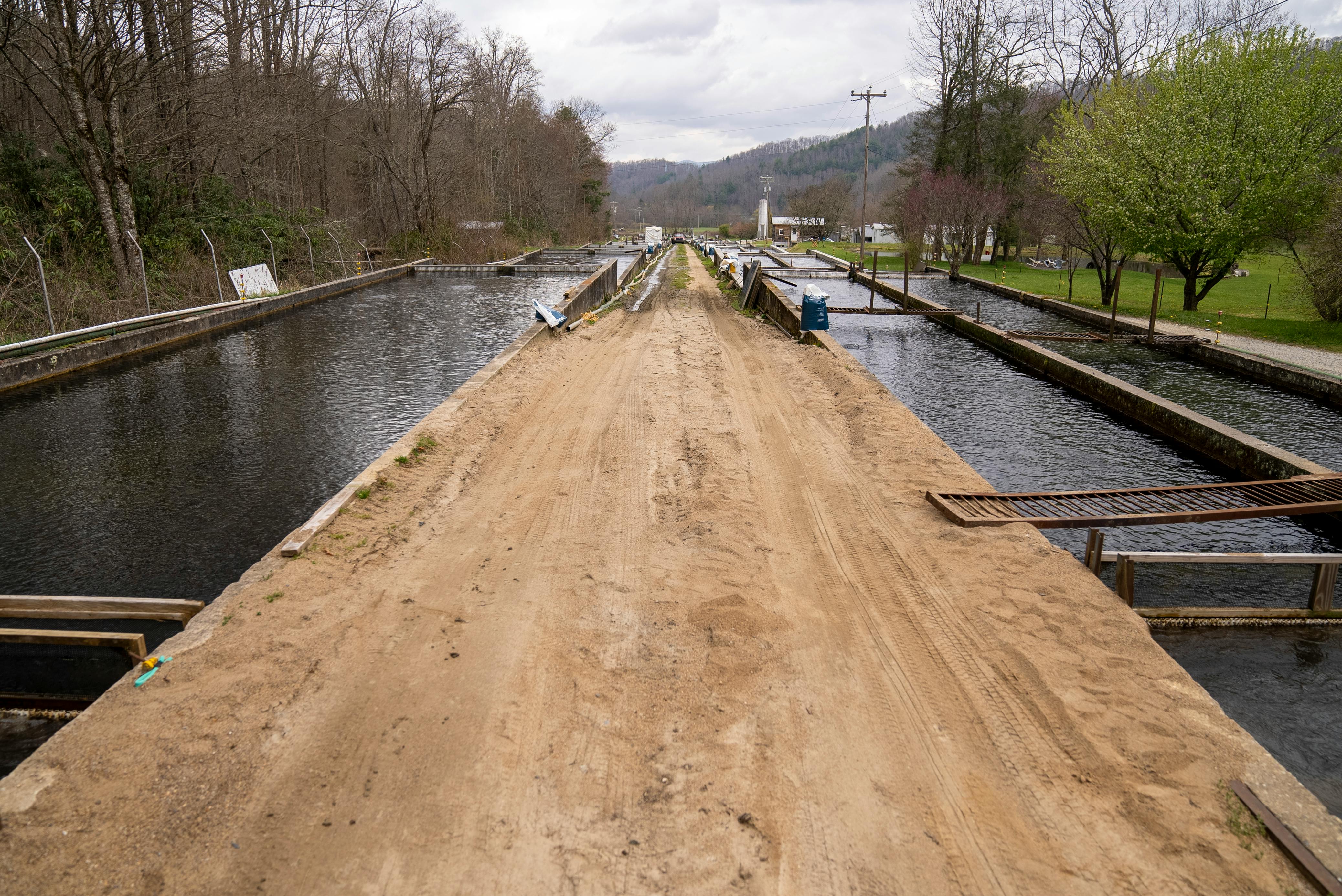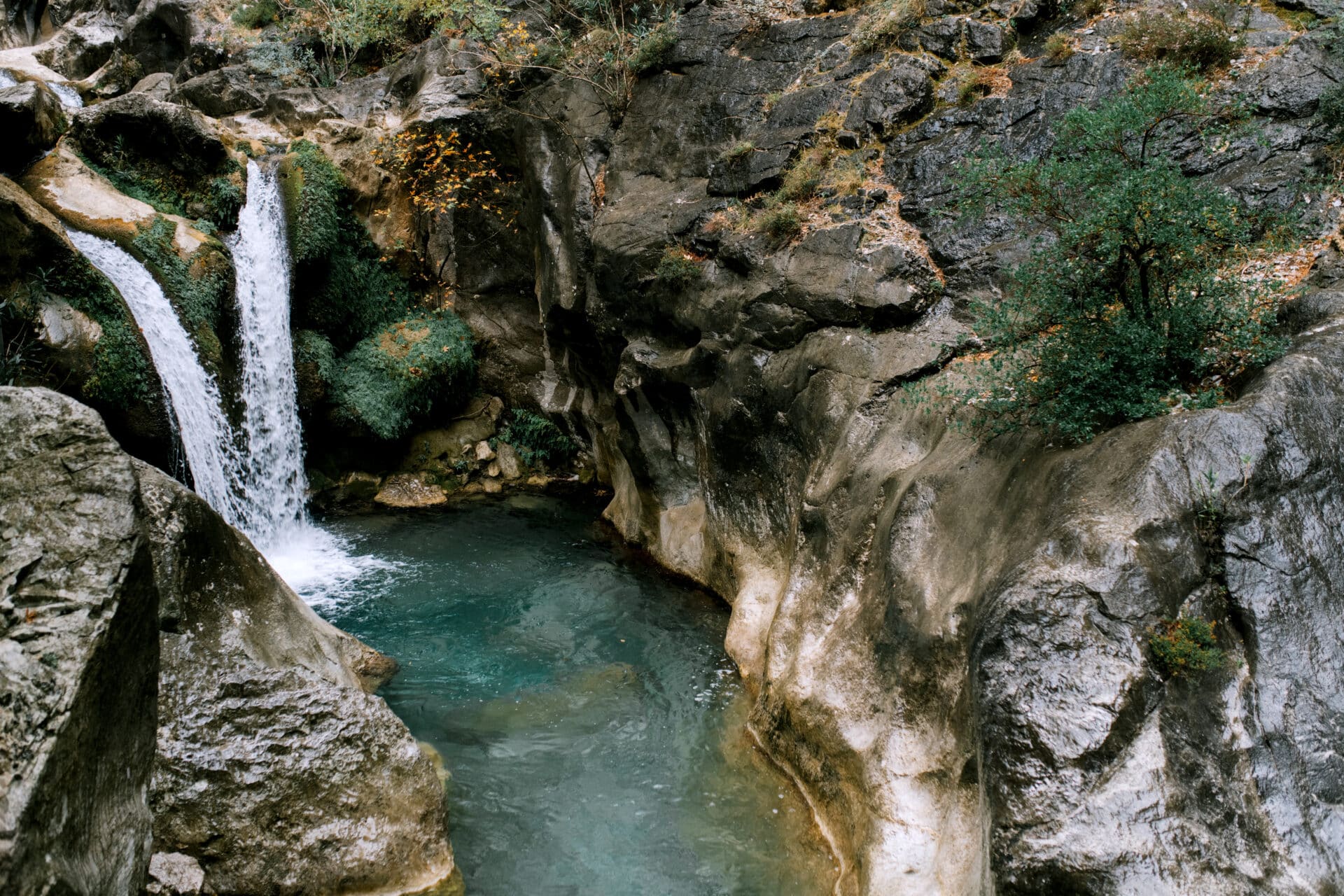The question of whether distilled water and purified water are different has been asked by many, and is an important one to answer. Distilled water and purified water are two terms that are often used interchangeably, but there are actually some distinct differences between them. In this article, we will explore the differences between distilled water and purified water to help you decide which one is best for you.Distilled water is water that has been purified through a process of heating and condensation. During this process, impurities such as minerals, salts, and other contaminants are left behind, leaving only pure H2O. Distilled water is often used in medical and scientific settings where purity is of the utmost importance.
Purified Water
Purified water is water that has been processed to remove impurities, contaminants, and other unwanted elements. Purified water is often used in medical settings and in laboratories, as it ensures that the water is free from any bacteria or viruses that could contaminate results. It can also be used in food preparation, where it helps to keep food items safe by removing any potential contaminants. In addition, purified water can be used in aquariums and other pet habitats to help keep the environment clean and safe for the inhabitants.
The process of purifying water involves a variety of steps that are designed to remove unwanted particles from the water. This usually begins with filtration, which involves removing particles such as sand and silt from the water. Next, chlorine or another chemical disinfectant may be added to kill any bacteria or viruses present in the water. Finally, activated carbon may be used to absorb any remaining impurities before the purified water is ready for use.
The benefits of using purified water are numerous. Not only does it help ensure that the environment is safe for people or animals living there, but it also helps to keep food items free from potentially dangerous contaminants. In addition, purified drinking water can help improve overall health by providing a clean source of hydration that doesn’t contain any chemicals or other unwanted elements.
How Do You Make Distilled Water?
Distilled water is an essential element for a variety of applications, including steam irons, car batteries and other uses. To distill water, you need to boil it and then capture the steam as it condenses back into a liquid. This process of vaporization and condensation removes impurities from the water, leaving behind pure H20. To make distilled water yourself you will need some basic equipment and supplies.
You will need a large pot or pot-like vessel to boil the water in, such as a stainless steel soup pot or pressure cooker. The vessel should be equipped with a lid that is fitted with an outlet tube or spout for capturing the condensed steam as it cools. You will also need some type of cooling device such as an ice bath or cold water bucket to help cool the steam as it is captured. Finally, you will need a collection container to store your distilled water in once it has been collected.
Start by filling your pot with tap or filtered water and then place it on your stove top on high heat until it boils vigorously. Once boiling, reduce the heat so that the boiling slows but still continues at a steady pace. Place your lid on top of the pot and attach your outlet tube or spout to the lid so that any condensed steam can be collected in your cooling device below. As the steam rises and condenses on the lid, it will drip through the outlet tube into your cooling device where it will cool quickly and condense back into liquid form.
Once you have collected enough distilled water in your cooling device (usually 1-2 cups per hour), transfer it into your storage container for use later on. Remember to always store distilled water in sealed containers away from direct sunlight to prevent contamination from outside air sources and keep it away from children who may mistake it for drinking water!
How Do You Make Purified Water?
Purifying water is an important process for removing contaminants that can be harmful to human health. There are a variety of methods for purifying water, each with its own benefits and drawbacks. Some of the most common methods for purifying water include filtration, distillation, reverse osmosis, and ultraviolet (UV) light treatment. Each method involves passing the water through some type of filter or other barrier to remove impurities. Filtration is one of the most common methods used to purify water as it removes particles such as dirt, sediment, and microorganisms. This method can also be used to remove chemical contaminants and even heavy metals if the correct filter is used. Distillation involves boiling the water and then collecting the vapor that condenses back into liquid form, leaving behind impurities that were present in the original water sample. Reverse osmosis forces water through a semi-permeable membrane that traps impurities while allowing clean water molecules to pass through. Finally, UV light treatment works by passing the water through a UV lamp which kills any microorganisms present in the sample. Once these steps are completed, you will have purified drinking water that is safe for consumption.
No matter which method you use to purify your drinking water, it’s important to remember that it is not a substitute for safe drinking practices such as boiling or treating with chemicals like chlorine or iodine. It’s also important to make sure that your filtration system is regularly cleaned and maintained in order to ensure it continues working correctly and efficiently.
Does Distilled Water Contain Minerals?
Distilled water is water that has been boiled and then condensed back into liquid form. The process of distillation removes impurities, minerals, and other compounds from the water. While this process does remove most of the minerals from the water, some trace minerals may still remain. These trace amounts of minerals are usually too small to have any health benefits and can be removed through further purification processes. Therefore, distilled water generally does not contain any significant amounts of minerals.
It is important to note that distilled water does not provide any of the beneficial minerals that are found in other types of drinking water such as spring or mineral waters. Distilled water is also not recommended for long-term use as it can cause mineral deficiencies in the body over time due to its lack of mineral content. Therefore, it is best used for short-term purposes such as for steam irons, car batteries, and other applications where purity is important but not long-term consumption.

Does Purified Water Contain Minerals?
The short answer is yes, purified water does contain minerals. While the purification process does remove many contaminants, it does not remove all of the minerals present in natural water sources. Minerals such as calcium, magnesium, and potassium are often left behind in purified water due to the fact that they have a beneficial effect on human health. Additionally, some purification processes add certain minerals back into the water to ensure optimal health benefits. For example, many municipalities add fluoride to their drinking water which helps prevent tooth decay.
It’s important to note that not all purification processes are created equal and some may be more effective at removing certain minerals than others. Additionally, different types of water can contain different levels of minerals before they are treated, so it’s important to understand where your drinking water is coming from and what kind of purification process it has gone through before consuming it.
Overall, purified water does contain minerals and these can be beneficial for human health when consumed in moderation. However, if you’re looking for an increased mineral content in your drinking water there are other options such as mineralized or spring waters which have higher mineral concentrations than purified drinking water.
Is There A Difference in Taste between Distilled Water and Purified Water?
The answer to this question is yes, there is a difference in taste between distilled water and purified water. Distilled water has a much purer, cleaner taste than purified water because it has been stripped of all its minerals and contaminants. Distilled water also has fewer impurities, so it has a cleaner taste than purified water which still contains some of its natural minerals.
The process of distillation removes all the solid particles from the liquid, including minerals and other contaminants. This results in a purer, tasteless product which is free of any impurities or solids. On the other hand, purification processes are not as effective as distillation because they only remove some of the solids and contaminants from the liquid. So, while purified water may still contain some minerals and other contaminants, it will not have the same pure taste as distilled water.
It is important to note that both distilled and purified waters are free from bacteria and viruses so they are both safe for drinking. However, if you want to enjoy a clean tasting beverage with fewer impurities then distilled water is definitely the better choice. So if you’re looking for a clean tasting drink then you should opt for distilled water over purified water.
In conclusion, there is indeed a difference in taste between distilled and purified waters due to their differences in purity levels. Distilled water tastes much cleaner than purified water because it has been stripped of all its minerals and other contaminants which gives it its pure taste. Purified water may still contain some minor amounts of impurities but overall it will not have the same freshness as distilled water.
Distilled Water Uses Other Than Drinking
Distilled water has a variety of uses, other than drinking. Distilled water is ideal for use in car batteries, aquariums, steam irons and in certain medical procedures. It can also be used as a solvent for many chemical reactions.
Distilled water is often used to top up the coolant in car radiators, as it does not contain any minerals or impurities which could corrode the engine parts. When used in an aquarium, distilled water helps to maintain a healthy environment for fish and other aquatic life by providing them with clean, mineral-free water.
Steam irons require distilled water rather than tap water because the minerals in tap water can leave deposits on clothes when heated up. Medical procedures such as dialysis require pure, sterile water that is free from contaminants and minerals which can interfere with the process.
In laboratories and chemical plants, distilled water is often used as a solvent when conducting experiments or producing certain chemicals. Since it contains no contaminants or impurities that could interfere with the outcome of an experiment or reaction, it provides a reliable source of pure liquid for many different applications.
Overall, while drinking distilled water may not be necessary for most people’s daily needs, it has many uses outside of providing hydration to humans. From powering vehicles to aiding medical treatments and laboratory research, its ability to provide clean, mineral-free liquid makes it an invaluable resource in many industries.

Conclusion
Distilled water and purified water are both high-quality products that offer many benefits. It is important to understand the differences between the two and choose the one that is best suited for your needs. Distilled water is created through a process of boiling and condensation, while purified water is created through a process of reverse osmosis, filtration, and other treatments. Distilled water contains fewer minerals than purified water, but it may be better for certain applications such as steam irons or car batteries. Purified water may be better for drinking because it has a more pleasant taste due to its mineral content. Ultimately, both distilled and purified waters provide clean, healthy options for drinking and other uses.
No matter which type of water you choose, it is important to remember to drink plenty of fluids throughout the day in order to stay hydrated and healthy.

